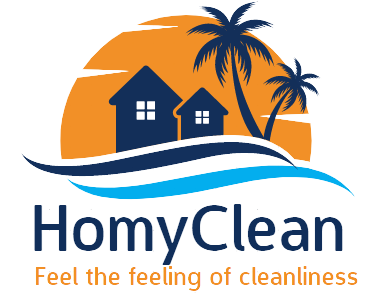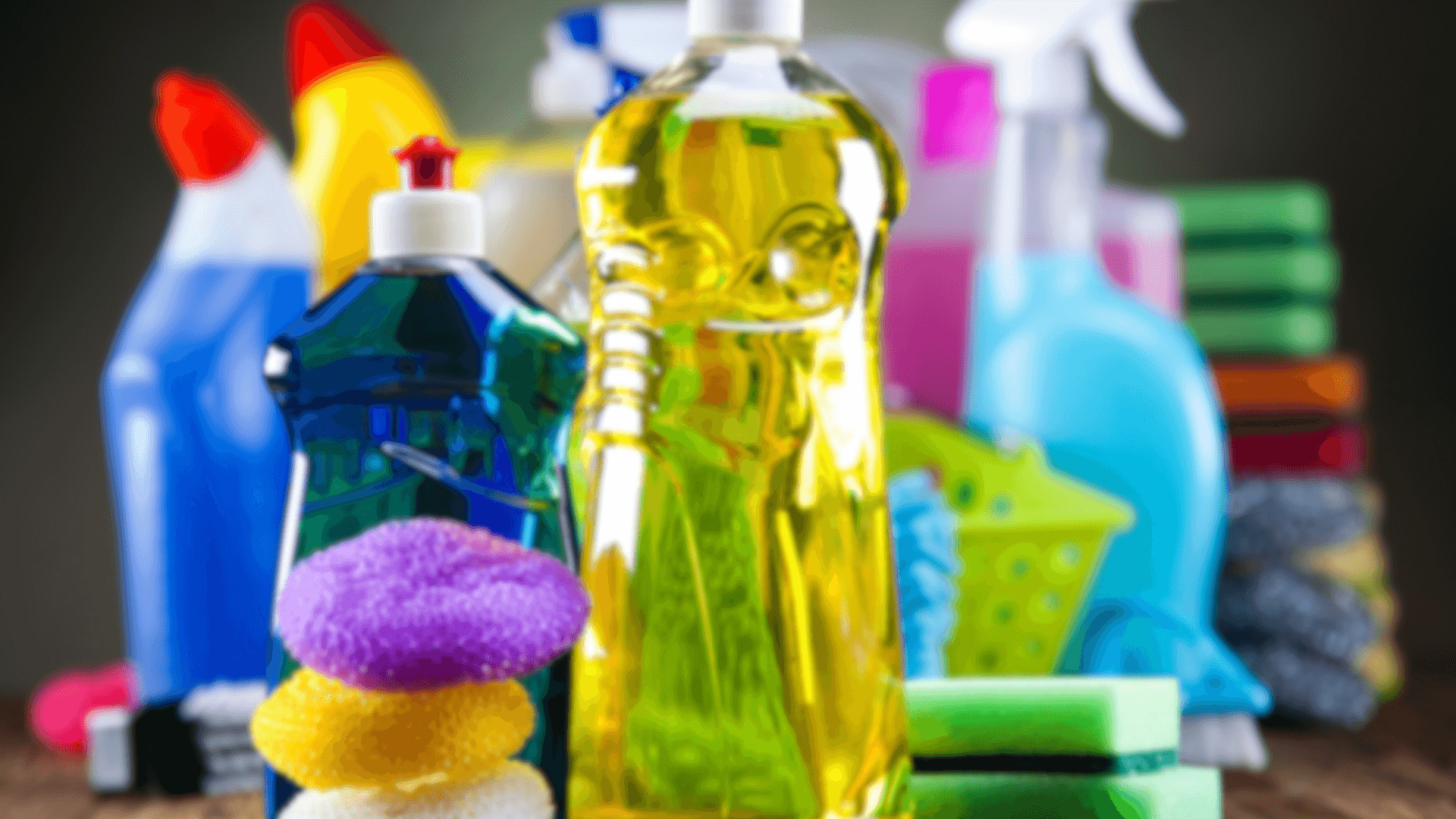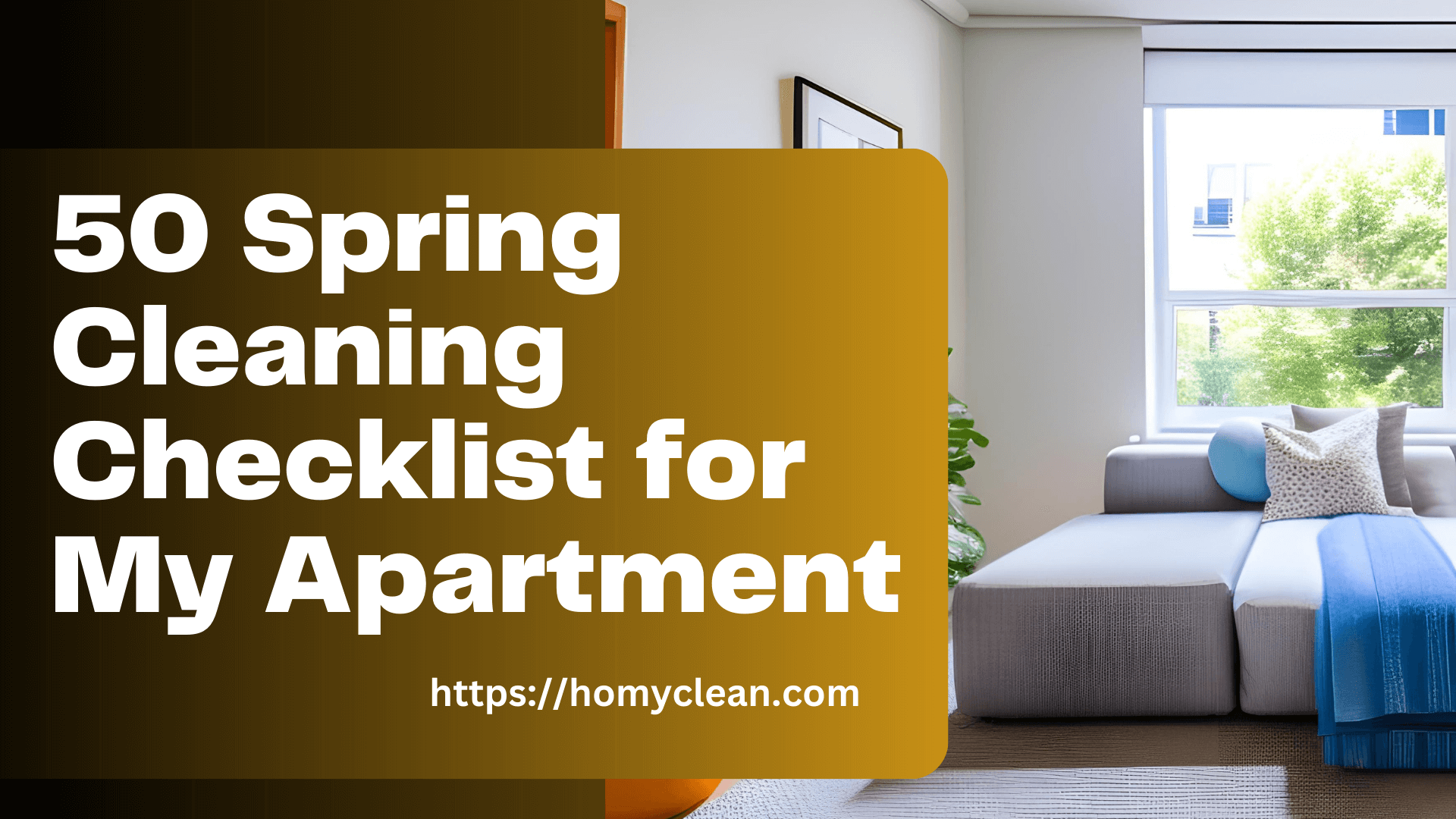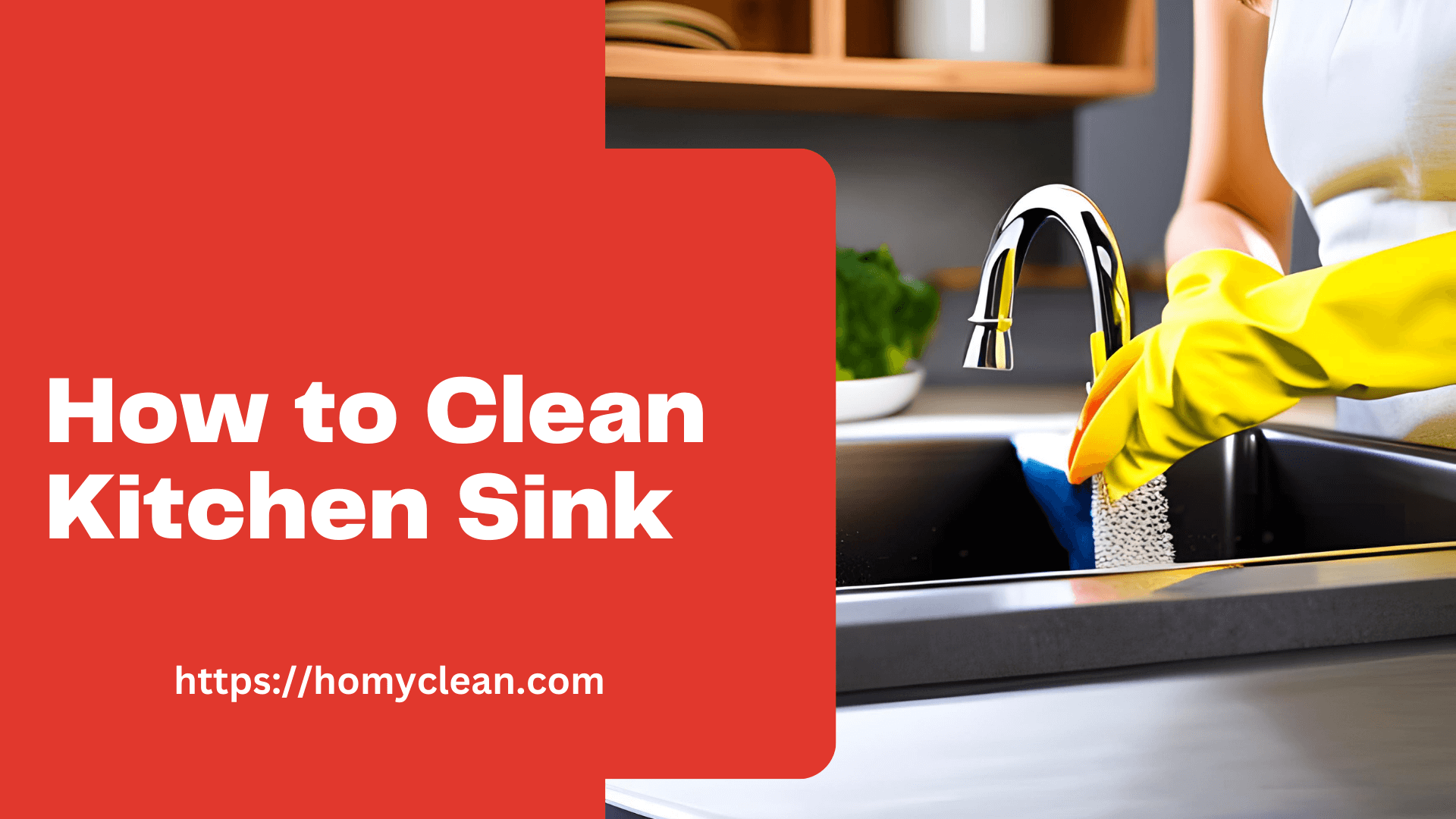Cleaning products Harboring toxic chemicals are commonly used in households despite inadequate screening measures. These products, which are intended to promote cleanliness and hygiene, may actually pose significant risks to both human health and the environment.
Chemicals such as ammonia, chlorine, phthalates, and volatile organic compounds (VOCs) can be found in many cleaning agents. Exposure to these substances can lead to respiratory issues, hormone disruption, and skin irritations.
Moreover, improper disposal of these products can contaminate water bodies and contribute to long-term pollution. Safer alternatives and stricter regulations are necessary to protect individuals and the planet from the harmful effects of toxic cleaning products.
What Is Harboring Toxic Chemicals?
Harboring toxic chemicals refers to the presence or inclusion of harmful substances within a particular product or environment. In the context of cleaning products, it signifies that these products contain chemical ingredients that are known to be toxic or pose risks to human health and the environment.
The term “harboring” implies that these toxic chemicals are contained or housed within the cleaning products, potentially releasing them during use or disposal. The use of cleaning products harboring toxic chemicals can lead to various health issues and contribute to environmental pollution.
It emphasizes the importance of awareness, regulation, and the adoption of safer alternatives to protect individuals and the ecosystem.
Common Cleaning Products Harboring Toxic Chemicals
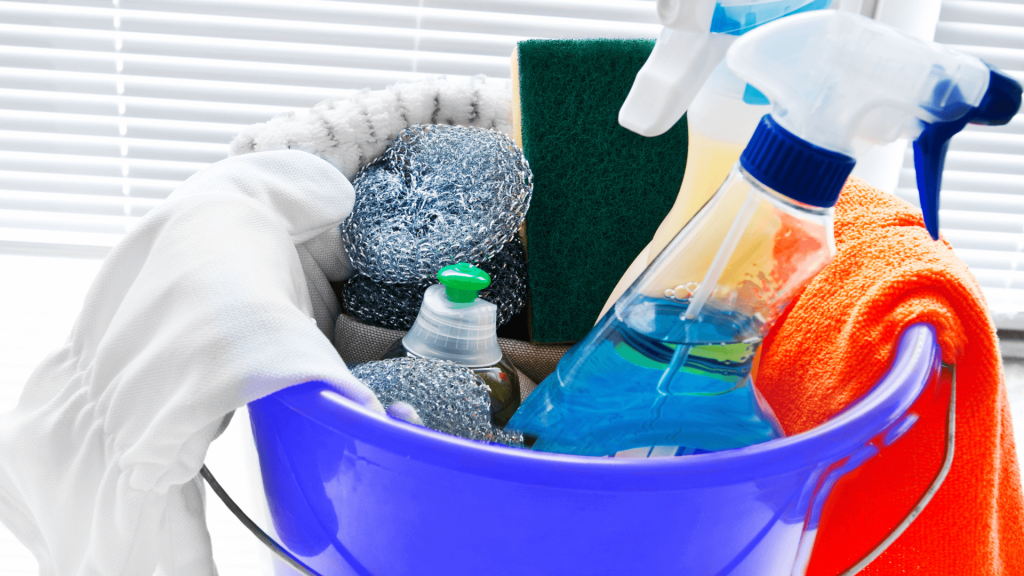
- Household cleaning products may contain a range of harmful chemicals detrimental to both human health and the environment.
- Commonly used substances like ammonia, chlorine, phthalates, formaldehyde, and volatile organic compounds (VOCs) are prevalent in various cleaning agents.
- Although these chemicals are effective for cleaning purposes, their indoor use can have adverse effects on overall well-being.
- Ammonia, chlorine, phthalates, formaldehyde, and VOCs pose potential risks and can contribute to health issues when used indoors.
Relevant Topic: 25 Best Laundry HE Detergents in 2023
Health Risks Associated with Toxic Cleaning Products
- Exposure to toxic cleaning products may cause various health issues.
- Inhaling or coming into contact with cleaning chemicals containing VOCs can lead to respiratory irritation, including symptoms such as coughing, wheezing, and shortness of breath.
- Prolonged exposure to VOCs may contribute to the development of respiratory conditions, such as asthma.
- Cleaning products containing phthalates have been associated with hormone disruption, impacting reproductive health and development.
- The use of cleaning agents with high chlorine levels can result in skin and eye irritation, along with respiratory problems.
Environmental Impact of Toxic Cleaning Products
The utilization of harmful cleaning agents also poses adverse consequences on the environment. When these substances are washed down the drain or disposed of improperly, they can pollute water bodies, causing detrimental effects on aquatic life and ecosystems.
Moreover, certain chemicals exhibit poor degradation properties, persisting in the environment and contributing to prolonged pollution. Furthermore, the production and manufacturing procedures of these cleaning products often result in substantial carbon footprints, thereby contributing to climate change. The extraction of raw materials and the energy-intensive manufacturing processes further worsen environmental degradation.
Lack of Regulation and Labeling
- Inadequate regulation and labeling of toxic cleaning products raise concerns globally.
- Numerous countries have minimal requirements for manufacturers to disclose cleaning product ingredients, hindering consumer informed decision-making.
- Lack of transparency in ingredient disclosure complicates efforts to avoid potentially harmful cleaning products.
- Limited screening and regulation contribute to the unchecked presence of hazardous chemicals, posing risks to public health and the environment.
Safer Alternatives to Cleaning Products Harboring Toxic Chemicals

Fortunately, there are safer alternatives available that can effectively clean our homes without posing health risks or harming the environment. Many eco-friendly and non-toxic cleaning products have emerged in recent years, offering alternatives that are free of harmful chemicals.
These products are typically made from natural and biodegradable ingredients, reducing the potential for adverse health effects and minimizing environmental impact.
Safer alternatives include products such as vinegar, baking soda, and lemon juice, which can be used for various cleaning purposes. Vinegar, for example, is an excellent all-purpose cleaner that can effectively remove grease, grime, and stains.
Baking soda is a gentle abrasive that can be used to scrub surfaces, deodorize, and remove stubborn stains.
Lemon juice acts as a natural disinfectant and can add a fresh scent to your cleaning routine.
Additionally, microfiber cloths and steam cleaners offer alternative methods for cleaning without the need for chemical-based products.
Microfiber cloths trap dirt and bacteria effectively, requiring only water for cleaning. Steam cleaners use high-temperature steam to sanitize and disinfect surfaces, eliminating the need for chemical disinfectants.
Tips for Choosing Safe Cleaning Products Harboring Toxic Chemicals
When selecting cleaning products, it’s essential to look for those that prioritize safety and environmental sustainability. Here are some tips to help you choose safer alternatives:
- Check ingredient lists: Prioritize cleaning products with detailed ingredient lists, steering clear of harsh chemicals like ammonia, chlorine, phthalates, or artificial fragrances.
- Select eco-certified options: Look for certifications from reputable organizations like EcoLogo or Green Seal, ensuring that the products adhere to specific environmental and safety standards.
- Opt for fragrance-free or naturally scented: Avoid artificial fragrances in cleaning products, opting for fragrance-free alternatives or those scented with natural essential oils.
- Consider concentrated formulas: Choose cleaning products in concentrated form to minimize packaging and allow for dilution as needed, reducing waste and environmental impact.
- Explore DIY solutions: Create homemade cleaning solutions using common ingredients such as vinegar, baking soda, and essential oils. These alternatives are cost-effective, environmentally friendly, and effective for various cleaning tasks.
By incorporating these recommendations, you can make well-informed choices, fostering a safer and healthier cleaning environment for your family.
Conclusion
Cleaning products harboring toxic chemicals are alarmingly prevalent in our homes. The use of these products not only poses risks to our health but also contributes to environmental pollution. It is crucial to be aware of the potential dangers associated with toxic cleaning products and take steps to minimize their use.
Fortunately, there are safer alternatives available that can effectively clean our homes while reducing health risks and environmental harm. By choosing eco-friendly and non-toxic cleaning products, we can create a healthier living space for ourselves and contribute to a cleaner, greener planet.
FAQs
Are natural cleaning products as effective as traditional ones?
Yes, natural cleaning products can be just as effective as traditional cleaning products. Ingredients like vinegar, baking soda, and lemon juice have powerful cleaning properties and can tackle a wide range of cleaning tasks.
Can I use eco-friendly cleaning products on all surfaces?
Most eco-friendly cleaning products are safe to use on various surfaces. However, it’s always a good idea to check the product instructions or conduct a spot test on a small, inconspicuous area before using them on sensitive surfaces.
Are eco-friendly cleaning products more expensive than traditional ones?
While some eco-friendly cleaning products may have a slightly higher upfront cost, they are often concentrated and can be diluted, making them cost-effective in the long run. Additionally, homemade cleaning solutions using simple ingredients can be significantly cheaper than commercial products.
Can I use natural cleaning products if I have allergies or sensitivities?
Natural cleaning products are generally gentler and have fewer harsh chemicals, making them suitable for individuals with allergies or sensitivities. However, it’s always important to check the ingredients of the specific product and test it on a small area to ensure it doesn’t trigger any allergic reactions.
Where can I find eco-friendly cleaning products?
Eco-friendly cleaning products can be found in various places. Many supermarkets and grocery stores now offer a range of eco-friendly options. You can also explore online retailers that specialize in environmentally friendly products. Additionally, you can create your own homemade cleaning solutions using common household ingredients.
References:
- Cleaning products harboring toxic chemicals are widely used, lightly screened
- Toxic disinfectants and cleaning products widely used, lacking health hazard screening.
